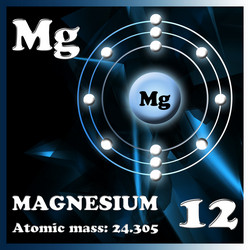From advanced to game-changing metal surface treatments
With a density so low as 1.7 g/cm3, it is not surprising that magnesium has found numerous applications in the aerospace industry. However, the competitiveness of this lightweight material against aluminium alloys relies on surface treatments to enhance resistance to corrosion in aggressive environments. The widely used surface treatments for corrosion protection of magnesium alloys so far are hexavalent chromium-based chemical conversion coatings. With financial support from the Clean Sky programme, researchers looked for an environmentally friendly alternative. The EU-funded project COMAG (Development and implementation of conductive coating for magnesium sheets in A/C) focused on silane-based post-treatments. Alkoxyorganosilanes and similar silicon compounds are widely applied to improve the corrosion protection of metal components made of steels, copper and aluminium alloys. Thin organic silane films also proved to provide a physical barrier protecting magnesium alloys. The commercial silane-containing product Oxsilan MG 0611 was the starting point of the team's research. Thin films – less than one-micron thickness – could be formed on the oxide layer of magnesium substrates by immersion into a newly developed modified version of silane-based solution. When this organic silane was used to seal the anodised surface of wrought Elektron 43 sheets before applying aircraft paint, the corrosion resistance was significantly enhanced. The anodic oxides also promoted the adhesion of post-treatment coatings, including the painting. COMAG researchers tested wet and dry adhesion according to the federal standard 141 with promising results. Besides ensuring good adhesion, the silane-based post-treatment is a 'green' technology that ensures proper electrical resistance and mechanical properties of the magnesium alloy tested. Project results open the possibility of replacing aluminium secondary parts and aircraft system components with magnesium components, promising a weight reduction of about 30 %. By achieving this figure, the Clean Sky programme's objectives for reductions in fuel consumption and pollutant emissions could also be obtained.







